For crews that rely on constant communication, the right equipment makes or breaks operational success. Two-way radios are tools that facilitate real-time dialogue for teams in various settings. However, the efficiency of these radios largely depends on the quality and longevity of their batteries.
Selecting the proper two-way radio batteries establishes uninterrupted communication, reduces downtime, and ultimately enhances productivity. To this end, we’ll take a look at which two-way radio battery type is right for your team to make an informed decision that supports seamless operations.
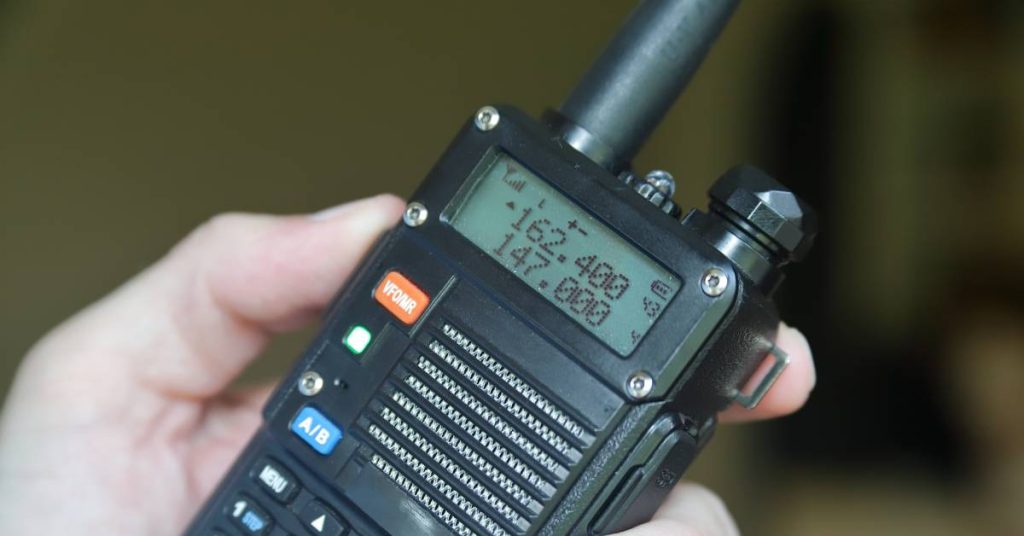
Key Industries That Rely on Two-Way Radios
Two-way radios are ubiquitous across various industries. They’re useful in settings where crews need to relay important information in real time without disruption.
- Construction teams use radios to enhance safety and coordination by facilitating seamless communication across large sites.
- Public safety establishes instant communication between law enforcement, fire services, and emergency medical services in critical situations.
- Event management provides real-time communication among staff using two-way radios to manage logistics and crowd control.
- Transportation team members in logistics and shipping use radios to improve route efficiency by maintaining contact between drivers and dispatchers.
- Hospitality facilities like hotels and resorts utilize two-way radios to coordinate staff activities.
- Manufacturing teams need radios for instant communication and smooth operations on factory floors.
- Retail members leverage radios to coordinate staff members in large retail environments to enhance customer service.
- Education staff members provide campus-wide communication using two-way radios to coordinate events and relay security measures.
- Security services must sustain communication among team members to uphold the site’s security and conduct quick responses to incidents.
Importance of Robust Two-Way Radio Batteries for Crews
The functionality of two-way radios is critically dependent on the quality and performance of their batteries. Strong, reliable batteries ensure that communication lines remain open and uninterrupted, which is particularly crucial for crews working in demanding environments. In industries where the rapid transmission of information is vital to safety and efficiency, battery failure can cause disruptions and threaten the crew’s safety.
Moreover, batteries with higher capacities decrease the frequency of replacements and recharges, which contributes to operational efficiency. By investing in high-quality two-way radio batteries, crews can support effective communication, seamless workflows, and productivity.
Understanding Two-Way Radio Batteries
Crews can choose from two types of two-way radio batteries: NiMH and Li-ion. Here are more details about their benefits and weaknesses.
NiMH Batteries
Nickel-metal hydride (NiMH) batteries are a popular choice for two-way radios because they offer a balance between cost, performance, and environmental impact. NiMH batteries offer a higher capacity compared to older nickel-cadmium (NiCad) options.
The improvements allow radio users to talk longer and reduce standby times. They also exhibit fewer signs of the memory effect, meaning they maintain their efficiency over numerous charge cycles, making them suitable for frequent use.
Additionally, these batteries are more environmentally friendly as they contain fewer toxic materials. However, they do require proper charging practices to prevent degradation over time. Consider NiMH batteries if you’re seeking a reliable, cost-effective solution that enhances operational efficiency.
Li-ion Batteries
Lithium-ion (Li-ion) batteries are common for teams using two-way radios because they are lightweight and provide incredible performance. These batteries are lighter and more compact compared to NiMH batteries, making them ideal for portable communication devices. Li-ion batteries provide a higher energy density, which supports longer operational periods without recharging.
They’re also less prone to the memory effect, ensuring they deliver reliable power output throughout their lifespan. However, Li-ion batteries come at a higher cost and require circuit protection to prevent overcharging or overheating. Nonetheless, lithium-ion batteries are a reliable and efficient choice for teams that need long-lasting, lightweight power solutions for their radios.
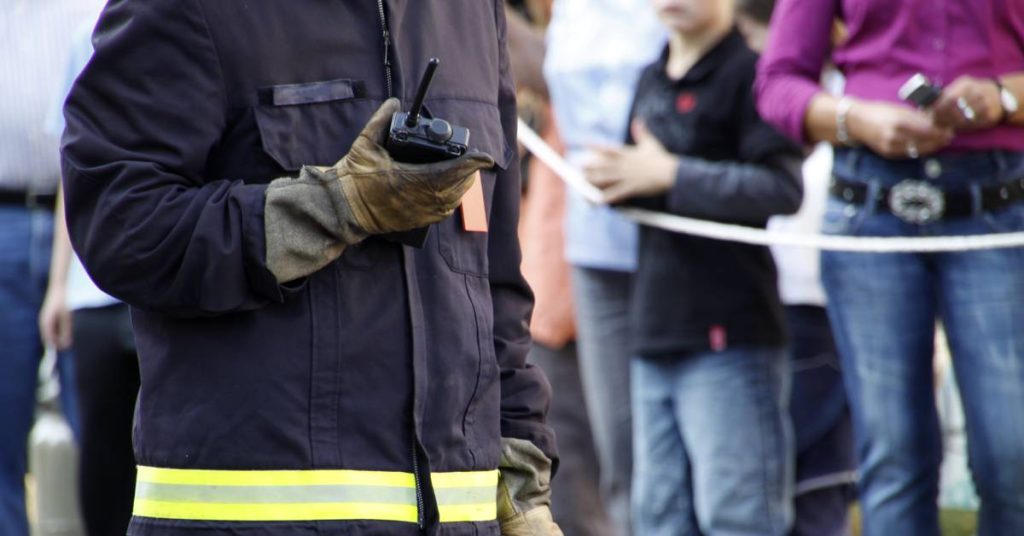
Choosing Between NiMH and Li-ion: Key Factors
When selecting between NiMH and Li-ion batteries for your team’s two-way radios, consider several critical factors to match your operational needs.
Cost and Performance
First, evaluate the priority between cost and performance. If you seek an economical solution with great performance, NiMH batteries are suitable due to their low cost and sufficient power capabilities. However, if weight and high performance are paramount for mobile or extended use, it’s worth investing in Li-ion batteries.
Charging Capabilities
Next, consider the charging infrastructure and usage patterns of the batteries. Li-ion batteries are advantageous for reduced recharging and a minimal memory effect. Conversely, NiMH batteries cater to teams that maintain proper charging protocols.
Environmental Impact
The last step is to assess the batteries’ disposal regulations and their environmental impact. Overall, NiMH batteries are more environmentally friendly compared to Li-ion batteries.
Tips for Maximizing Battery Life and Performance
Choosing the right battery is the first step to establishing smoother operations for your team. The next step is to learn how to care for two-way radio batteries to maximize their quality and lifespan.
- Proper charging practices: Always follow the manufacturer’s guidelines for charging. Prevent damage by avoiding overcharging. Unplug the battery once it’s fully charged.
- Regular calibration: Periodically fully discharge and recharge the battery to establish accurate battery level readings.
- Temperature management: Batteries exposed to extremely hot or cold temperatures can significantly degrade their performances and longevity.
- Avoid deep discharges: Regularly recharge the battery before it becomes completely discharged to avoid reducing its total charge cycles.
- Proper storage: If your team must store batteries for an extended period, place them in a cool, dry place with at least a charge of 50 percent.
- Use manufacturer-approved accessories: Use chargers and accessories recommended by the manufacturer to ensure compatibility with the batteries.
- Perform timely inspections: Check batteries frequently for signs of wear or damage, such as swelling or corrosion. Replace any impaired batteries promptly to maintain continuous performance.
With proper care and storage practices, you can get more out of your batteries and reduce the likelihood that they’ll need replacing.
Powering Communication and Operational Success
The efficiency of two-way radios depends on the quality and longevity of the batteries. By exploring which two-way radio battery type is right for your team, your business can achieve operational success through improved communication tools.
Battery Distributors is a trusted two-way radio battery supplier that makes it easy to select the products that are right for your business. Our shop offers a wide variety of two-way radio accessories to keep your team connected.



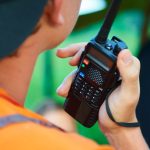
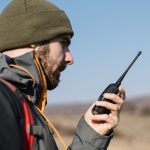

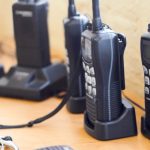
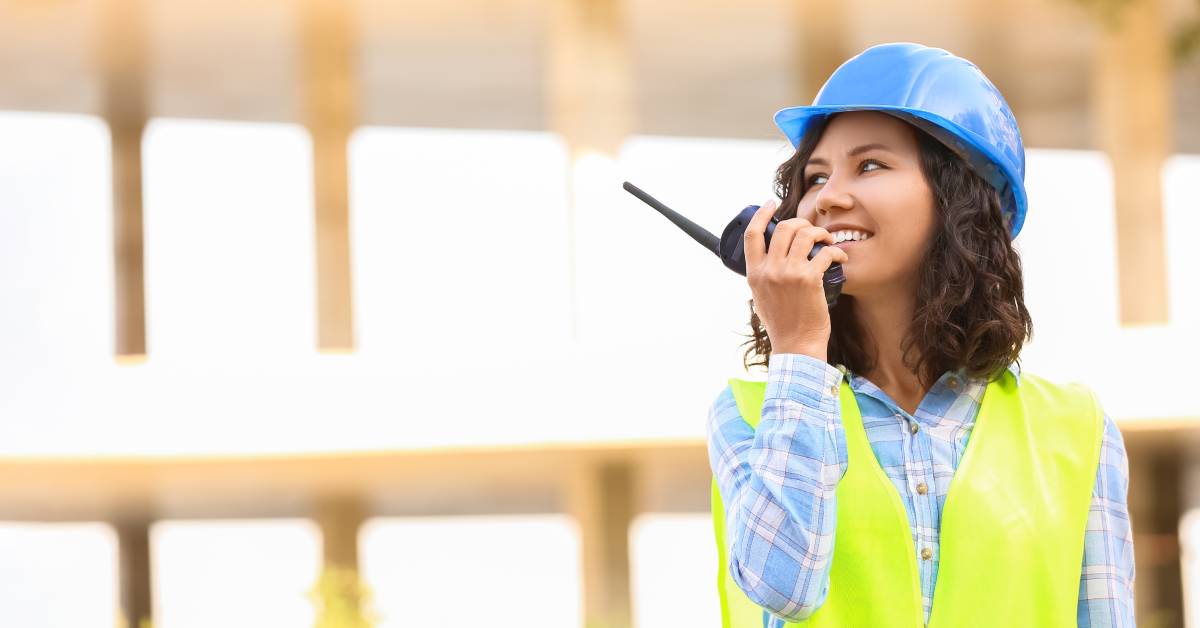

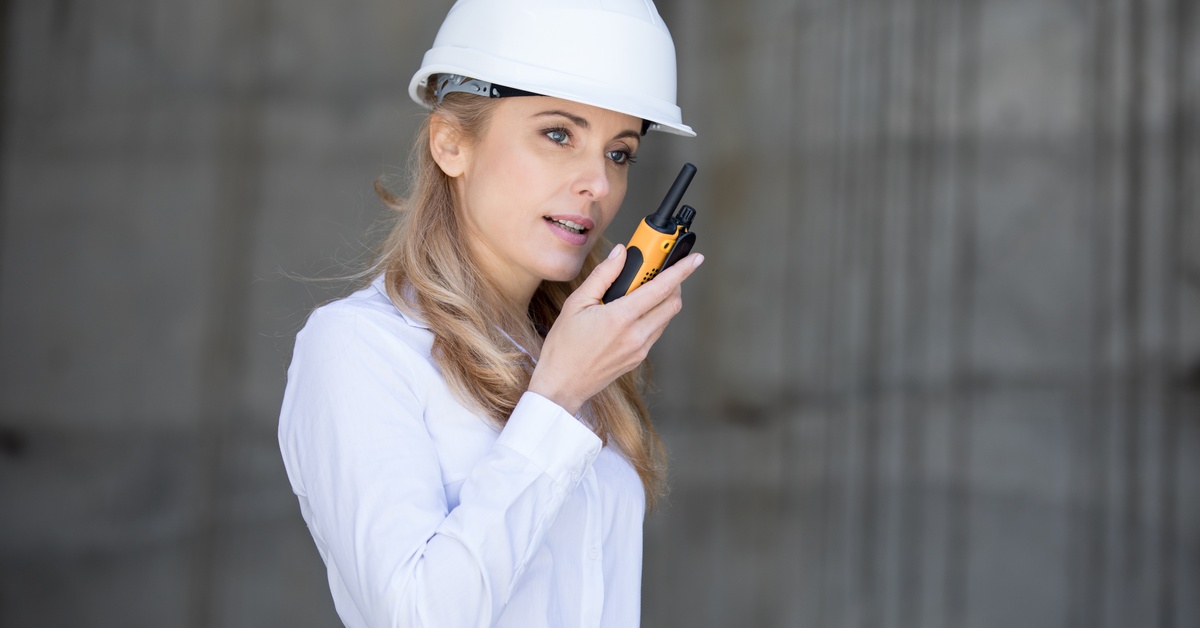
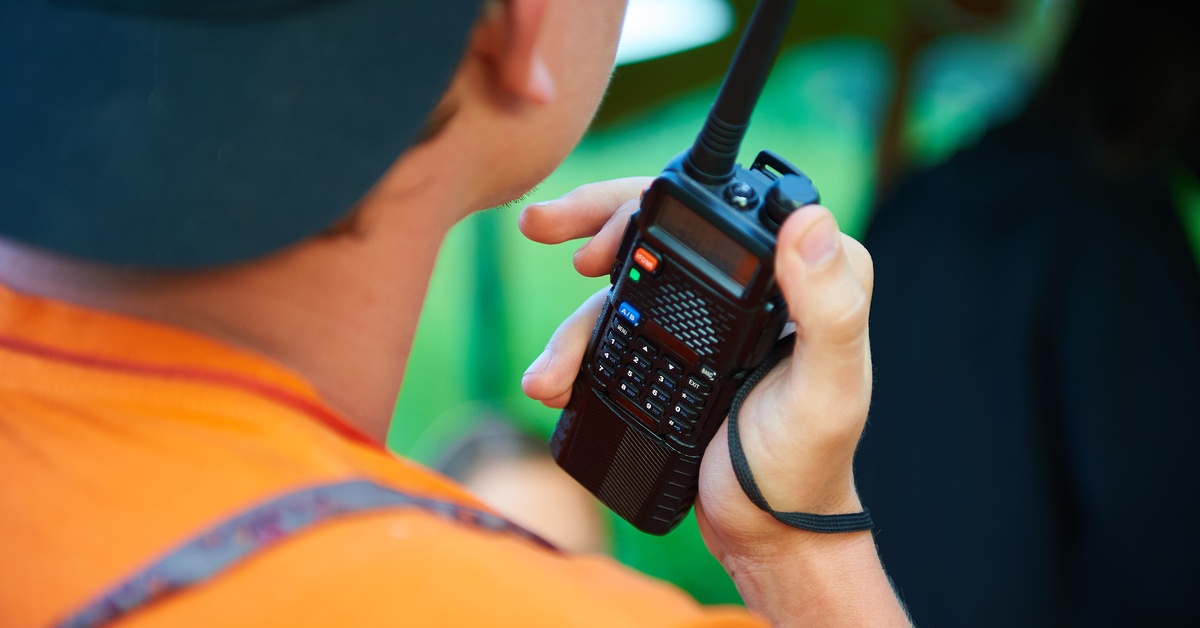
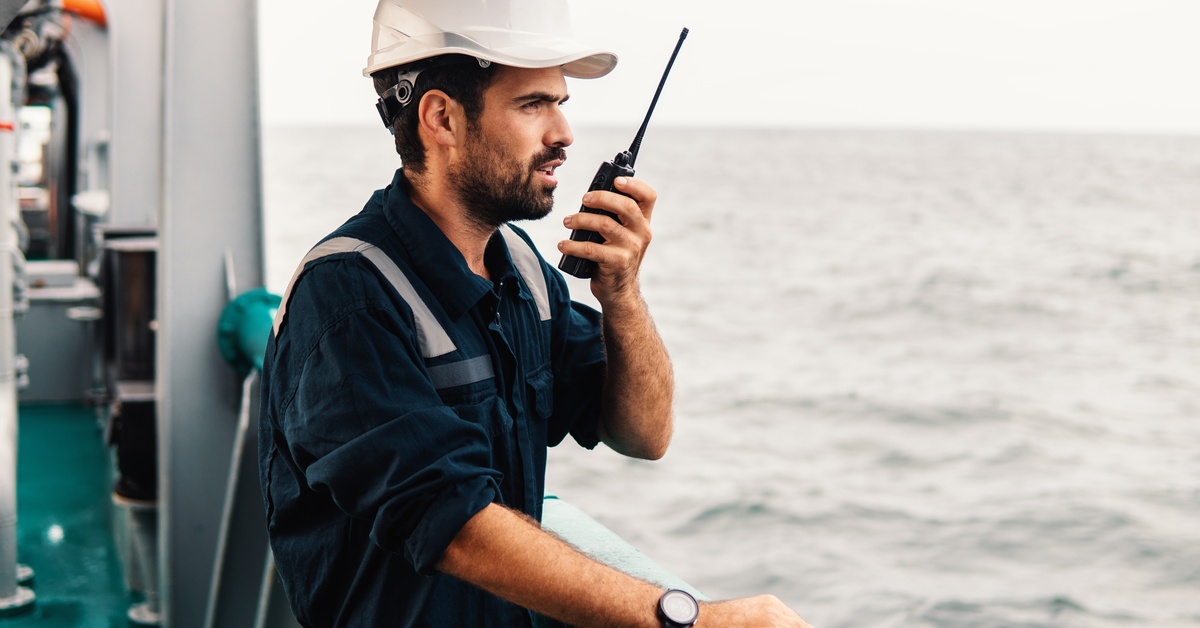
2 thoughts on “Which Two-Way Radio Battery Type Is Right for Your Team?”